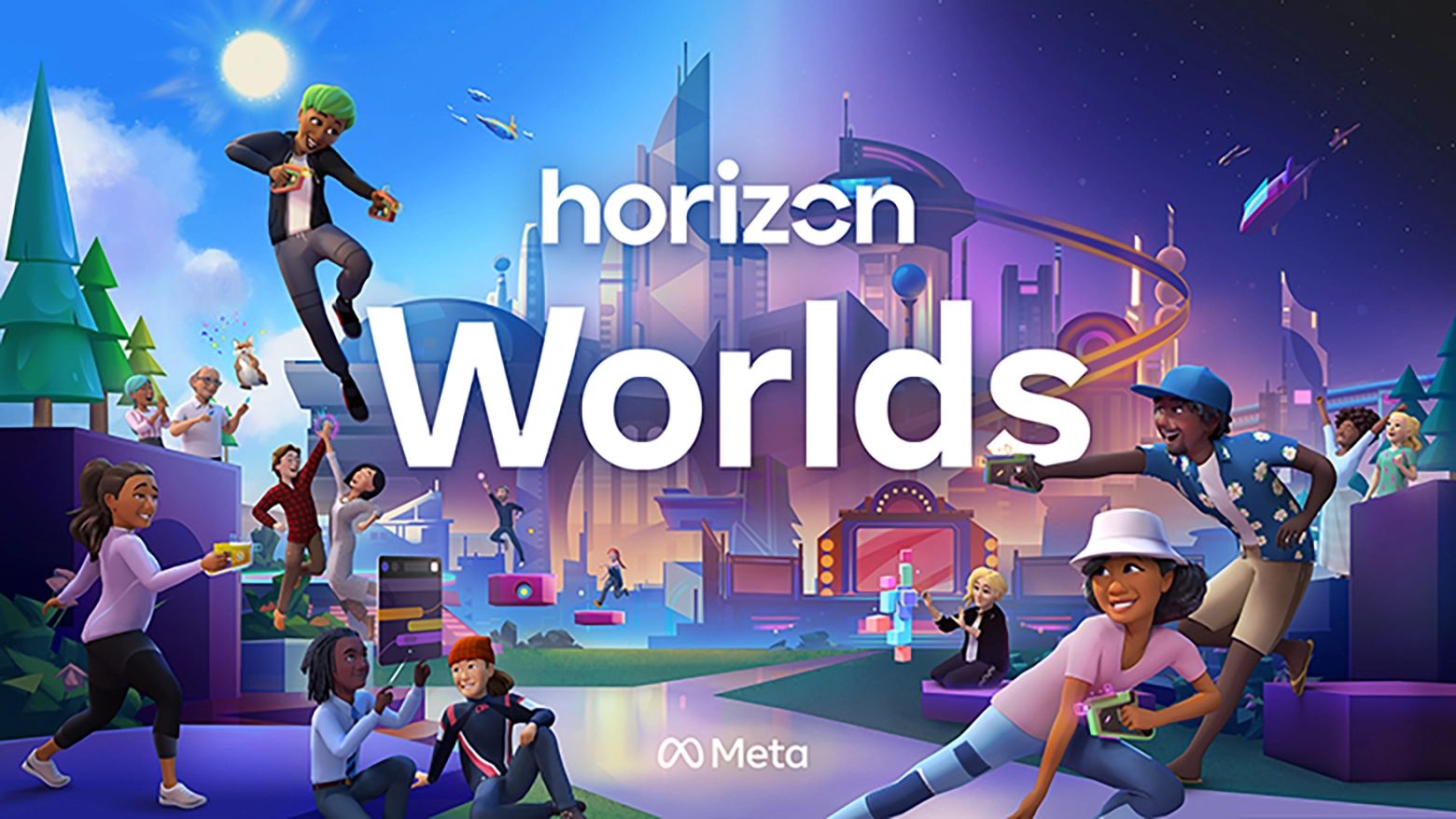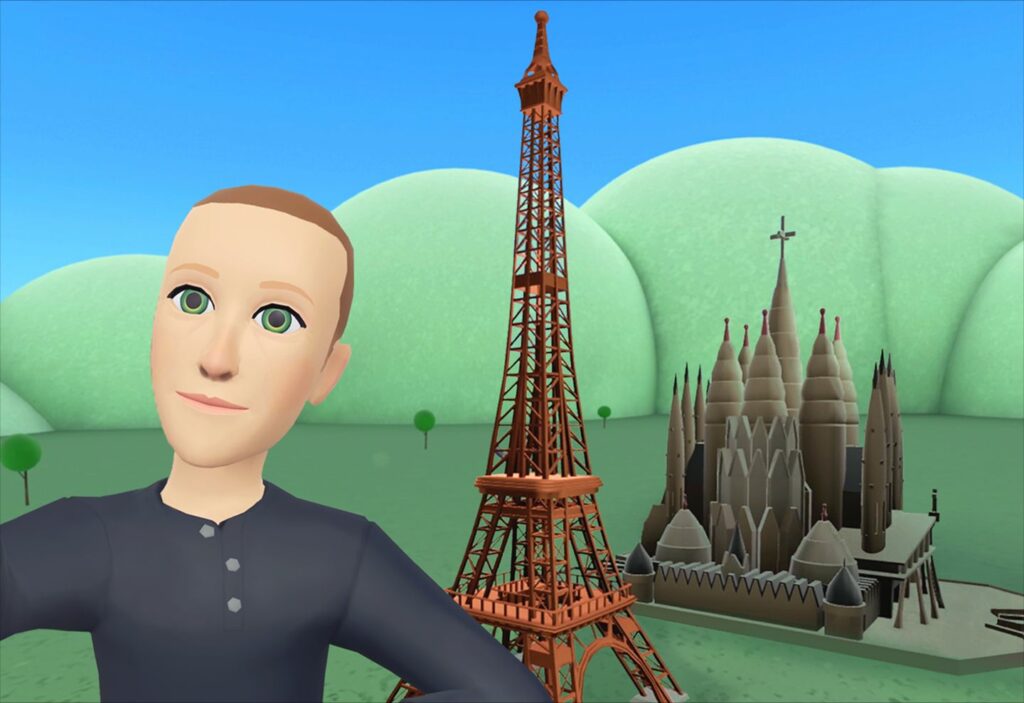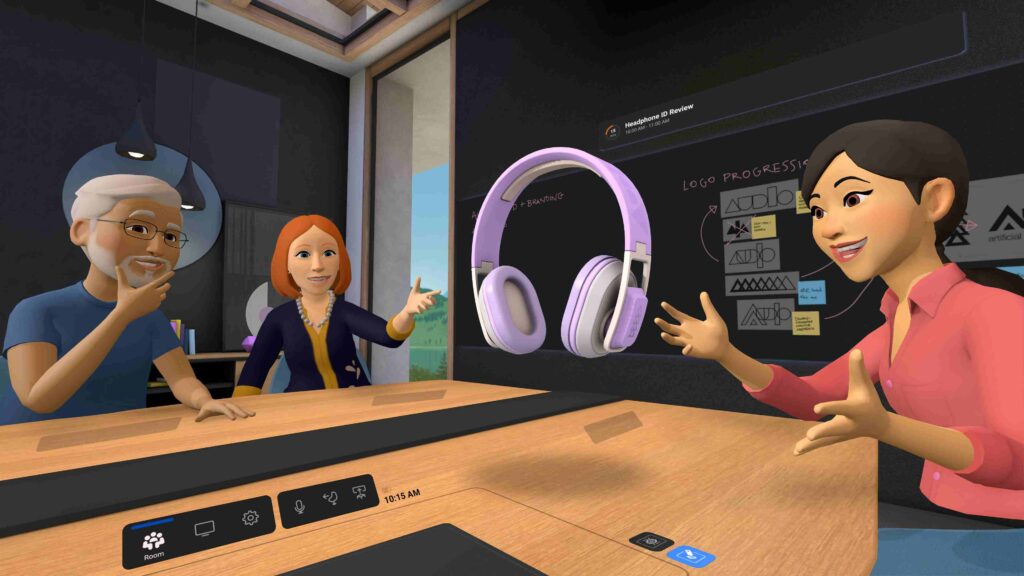Meta’s flagship metaverse struggling to keep up

Last Updated on: 18th October 2022, 12:57 am
Company documents are unfolding the struggles of Meta’s flagship metaverse as it attempts to establish a spot in the growing world of virtual reality.
Meta‘s Horizon Worlds was initially released on December 9, 2021. Meta describes it as “a free virtual reality, an online video game with an integrated game creation system developed and published by Meta Platforms for Oculus Rift S and Oculus Quest 2.” The app currently sits at an unenthusiastic 3.2 audience rating summary in Google Play with only 62 reviews despite being out for almost a year.
An article from The Wall Street Journal had company documents that revealed how much the company is tussling just to push its intentions to consumers. Even after officially rebranding to “Meta,” believing that metaverses are our future, the spark the company once had to the public continues to dwindle.
READ MORE: FACEBOOK: 1 MILLION USERS HAVE CREDENTIALS COMPROMISED

A brief history of Meta’s flagship metaverse
The same post from The Wall Street Journal unravels what users can expect inside the Horizon Worlds platform. Users claimed that it was teeming with empty worlds and glitchy features. Here are some key points in the history of the metaverse:
- October 2021 – Facebook changed its stock market ticker symbol to META. Meta Platforms, Inc. officially announced this, then Facebook’s parent company. This dawned the next ambition of the company; to conquer the metaverse.
- December 2021 – Horizon Worlds (formerly Facebook Horizon) was released. The app was initially released to users 18 years or older in the U.S. and Canada.
- February 2022 – Meta mentioned that Horizon Worlds and Horizon Venues had accumulated a monthly user base of 300,000 people. The company also confirmed that users had built 10,000 worlds within Horizon Worlds.
- September 2022 – The glitches, bugs, and complaints of the game went so far that Meta’s VP of Metaverse, Vishal Shah, put their team on “quality lockdown” for the rest of the year to “ensure that we fix our quality gaps and performance issues before we open up Horizon to more users.”
Although the app can be downloaded for free, the portal itself you need to use to access it is not. With Quest 2 headsets currently priced at $400, it can be a steep jump for many users. Even with this in mind, the company pushed the new Meta Quest Pro, which will be priced at $1,500. This does not include the accessories that will up the price to about $1,800.
READ MORE: FACEBOOK, WHATSAPP, AND INSTAGRAM ARE ALL DOWN

Horizon Worlds fail to keep users
The company document details the target community that Meta initially wanted to establish. The company was looking at around 500,000 monthly active users close to the end of 2022. Failing to hit half of its target market to even half of it, the plan was updated to close to 280,000 monthly active users instead. Even with the numbers lowered, the current monthly active users barely made it to 200,000. According to the same post from The Wall Street Journal, the numbers continue to fall.
The decreasing numbers can be stemmed from Horizon users who no longer intend to return to the app after their first month of using it. The reports showed that only 9% of virtual worlds established in the community were ever visited by 50 people. It was not just an issue with the app, reports also confirmed that “over 50% of Quest headsets are shelved and left unused six months after they were purchased.“
Meta‘s attempt to salvage this is to release a web version for mobile and computers of Horizon Worlds. If it pushes through, this version will be released by the end of this year. The article concludes with a Meta spokesperson standing firm in the stance of Meta in their conquest of the metaverse.


